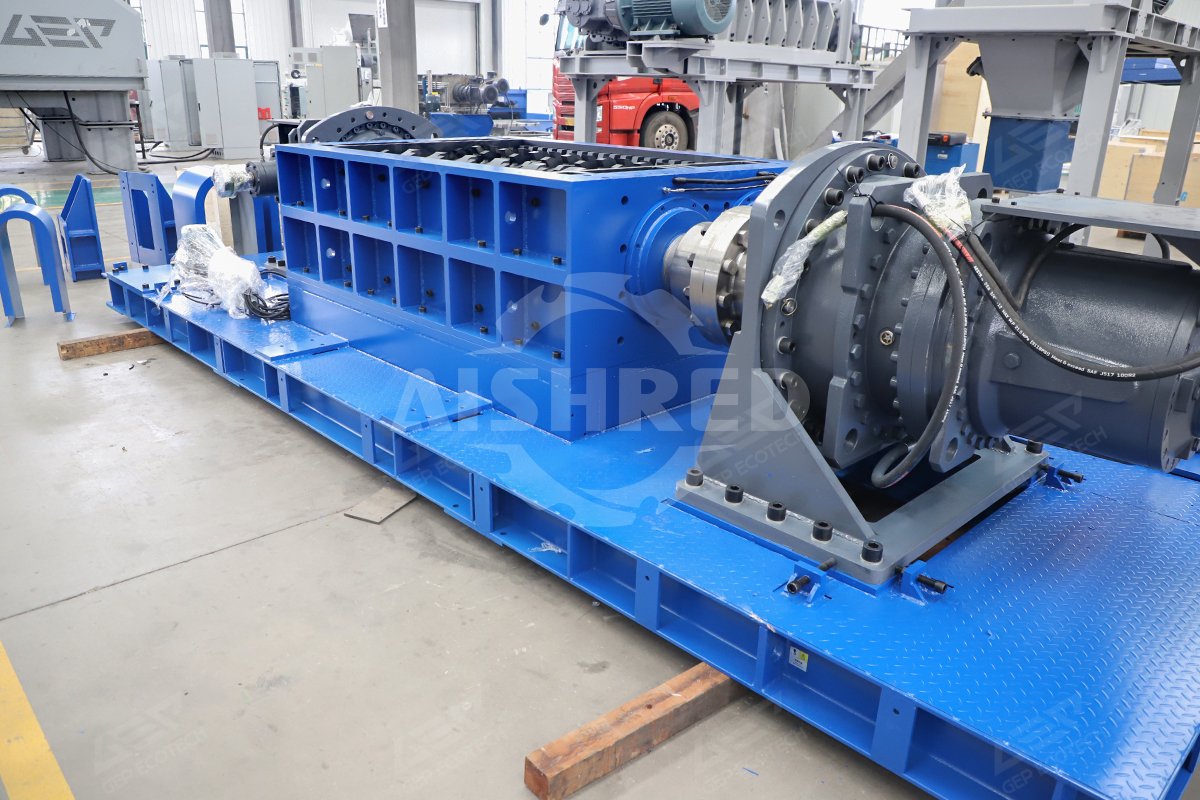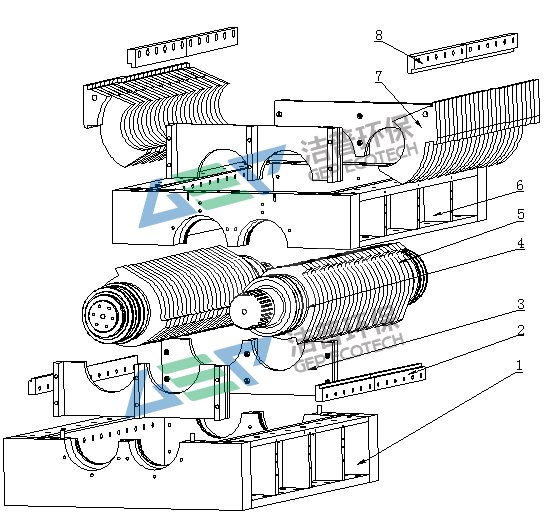When it comes to industrial shredders, the 2-shaft shredder is one of the most widely used machines for reducing the size of various materials, including plastics, wood, metal, and waste. A critical aspect of ensuring optimal performance and longevity of a 2-shaft shredder is understanding and adhering to its torque specifications.

What Are Torque Specifications?
Torque specifications for a 2-shaft shredder define the amount of rotational force required for the shredder's shafts to effectively process materials. These specifications are typically provided by the manufacturer and are based on factors such as:
- The type and density of materials being shredded.
- The size and design of the shredder's cutting blades.
- The power of the motor driving the shredder.
Torque is usually measured in Newton-meters (Nm) or foot-pounds (ft-lbs) and is a critical parameter for ensuring the shredder operates efficiently without overloading the system.
Common Torque Ranges of 2 Shaft Shredder
While specific torque values can vary from one machine to another based on design and application, typical torque specifications for two-shaft shredders range from 5,000 Nm to 80,000 Nm or more. The range is large because different shredders are designed for varying industries and material types.
- Small-Scale Shredders: These machines, usually used for processing light materials, may operate with torque in the range of 5,000 Nm to 20,000 Nm.
- Medium-Scale Shredders: For more robust applications involving moderate material types, torque can range from 20,000 Nm to 40,000 Nm.
- Heavy-Duty Shredders: Machines built for tough, dense, and high-volume shredding, such as those handling metal, can require 50,000 Nm to 80,000 Nm or more.

How to Maintain Proper Torque Specifications
Follow Manufacturer Guidelines: Always refer to the manufacturer's manual for the recommended torque settings for your specific shredder model.
- Regular Maintenance: Inspect and maintain the shredder's blades, shafts, and motor to ensure they are in good condition. Dull or damaged blades can increase torque requirements.
- Monitor Material Input: Avoid overloading the shredder by feeding materials at a consistent and appropriate rate. Use sensors or automated feeding systems if necessary.
- Check for Jams: Material jams can cause sudden spikes in torque. Regularly inspect the shredder for blockages and clear them promptly.
- Upgrade Components: If you frequently process tougher materials, consider upgrading to heavier-duty blades or a more powerful motor to handle higher torque demands.
Torque specifications are a vital aspect of operating a 2-shaft shredder efficiently and safely. By understanding the factors that influence torque requirements and adhering to the manufacturer's guidelines, you can ensure optimal performance, extend the lifespan of your equipment, and reduce operational costs. Regular maintenance and proper material handling are key to maintaining the correct torque settings and achieving the best results from your shredder.

